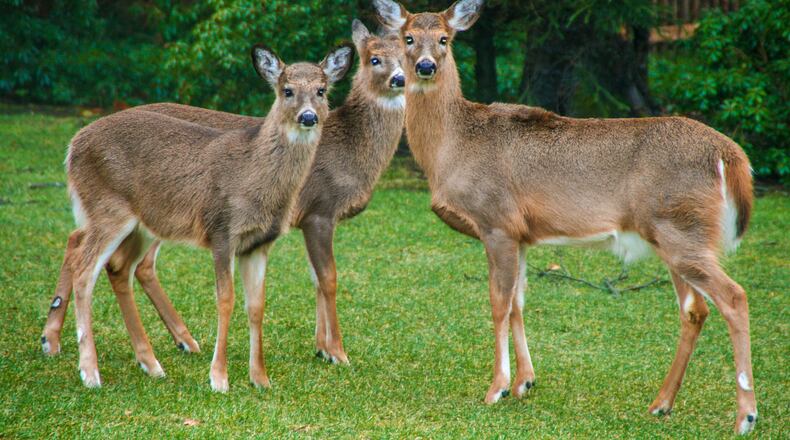“If you find yourself facing a potential accident with a deer or other animal, do your best to stay the course,” said Jim Taylor, head of claims customer experience for Farmers Insurance. “It may sound counterintuitive but staying the course may be safer for you and other vehicles on the road than swerving at high speeds in an attempt to avoid the animal.”
This may surprise the 66 percent of surveyed drivers who believe that swerving to avoid a deer is the best way to minimize damages. But swerving at high speeds increases the potential of losing control, causing a rollover or colliding with another vehicle. In most situations, it’s safer for drivers to maintain control of their vehicle and proceed with as much caution as possible.
Drivers can’t prevent animals from crossing the road, but they can exercise caution to stay safer during unexpected wildlife encounters. In particular, Taylor suggests drivers heed the following suggestions:
• Use your high beams: Wildlife is often most active at dusk and dawn, according to the Colorado Parks Department. If appropriate, while driving at night (when there is no fog present, or oncoming traffic) use your high beams to increase visibility and spot animals more easily. Or, stick to daylight hours if you can, to help reduce your risk.
• Heed warning signs: States and cities often place wildlife crossing signs near areas with heavy animal traffic for good reason – keep an eye out for signs, and of course, animals on the move.
• Stick to the middle lane: If you're on a multi-lane road, staying in the middle lane may give you more time to spot an animal that may be crossing ahead of you.
• Know what to do if an accident occurs: If you hit an animal, pull over and call local law enforcement. They can direct you on what actions to take. Make sure you stay away from the animal since they may only be stunned and might panic if you come close, causing additional harm to you or your vehicle.
• Get home safely: If you hit an animal, don't assume your car is safe to drive. Look for any leaks, loose parts, broken lights and tire damage. If you spot issues or if your vehicle seems unsafe, have the car towed.
About the Author
